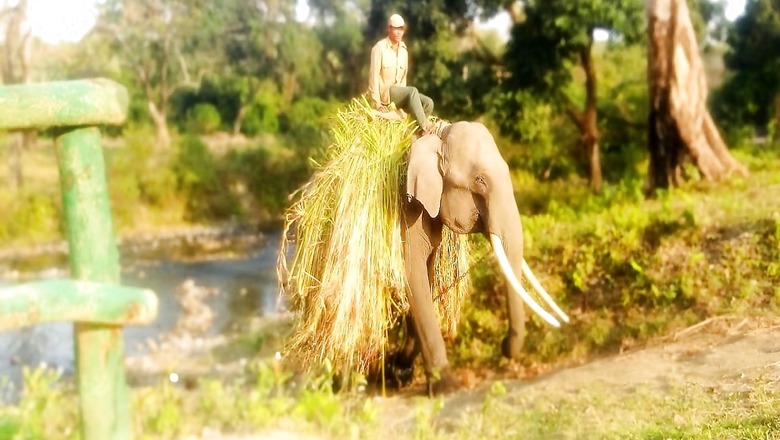
views
In a first, the Manas National Park in Assam is introducing cycle safaris for tourists. In the first phase, 12 cycles will be available for tourists who can take a trip around the periphery of the deep forests on off-beaten tracks.
Park Conservator Amal Sharma said it is an attempt to draw tourists after the pandemic-induced lockdown. The national park once used to have night safaris which were later stopped after the Supreme Court ruled against it.
The UNESCO heritage park, also a tiger reserve spread over 2,837-sqkm, opened for tourists on October 2 after being closed from March 17 due to the spread of the coronavirus.
According to available data, the park generated a revenue of Rs 1 crore during 2019-20 season. This year, it has earned Rs 90 lakh so far.
The Kaziranga National Park, known for the famed one-horned rhinos, has done business worth Rs 2.30 crore with a total 1,25,920 visitors. Manas is yet to receive foreign tourists so far.
“This year, locals, specifically from areas falling under Bodoland Territorial Council (BTC), have saved Manas. With preferred destinations such as Shillong and Bhutan remaining shut for tourists, people were keen to explore nearby places. During January, the crowd was so much that we had to restrict vehicles to 175, including safaris per day. We want Manas to remain discreet. It helps the animals,” says Alakesh Das, Ranger of Bansbari Range in Manas.
Once a designated royal hunting grounds for kings of Coorchbehar in 18th century, Manas was recognised as one to the two natural sites left for Pigmy Hog in the world in 1964. In 1990, the core area of the tiger reserve was declared a national park. In 2011, it received the UNESCO World Heritage tag.
“In a way 2020 has been a lucky year for Manas and its conservation efforts. Manas has been conferred the Global Conservation Excellence Award by the Global Tiger Forum, an international organisation supported by the governments of all the countries for tiger conservation purposes. The award was jointly conferred upon the Manas and the Royal Manas of Bhutan. Manas bagged the award as the tiger population here increased three times in a year whereas the norms is that it needs to double. At present, there are 30 tigers, including four cubs, 28 leopards, five black panthers and 12 clouded leopards in the park,” said Dharani Dhar Boro, Officer on Special Duty, Manas Tiger Reserve.
Considered one of the world’s rarest simian species, the golden langur was first spotted in Manas in the mid-20th Century. Other mammals commonly found here are rhinos, elephants, tigers, pygmy hogs, hispid hares, Assamese macaques, rhesus macaques, leopards, swamp deer and water buffaloes.
Read all the Latest News, Breaking News and Coronavirus News here




















Comments
0 comment